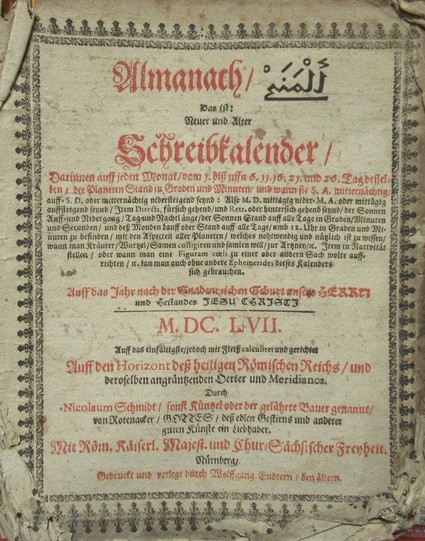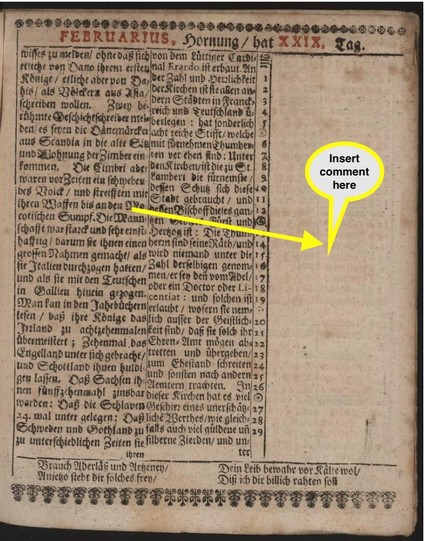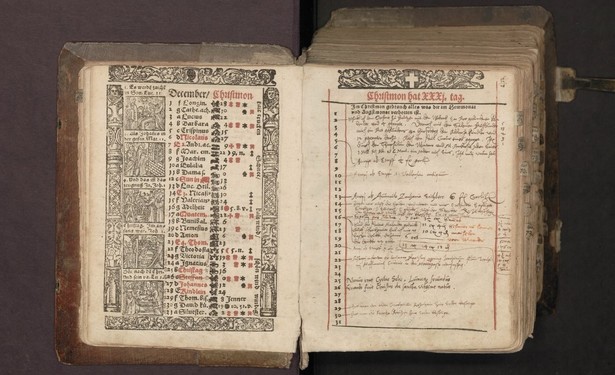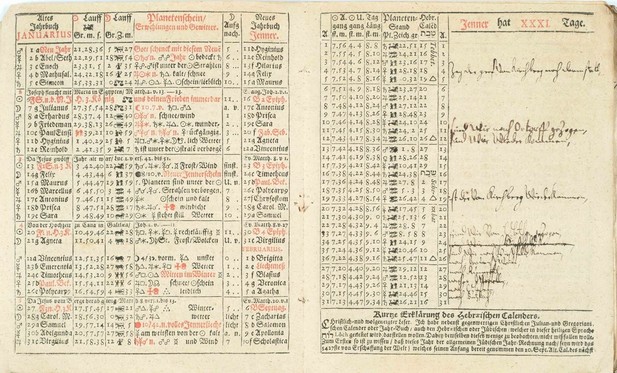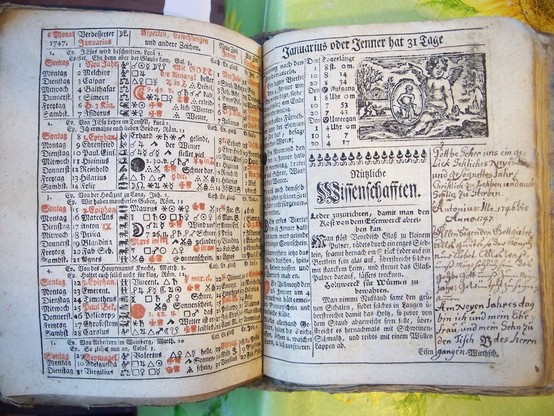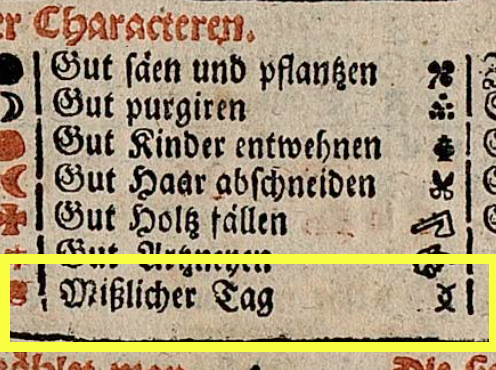Lia Löwenherz 🦁🌟 #BeastCrowd · @julianafabula
219 followers · 109 posts · Server literatur.social📚Neues Jahr, neues Motiv, neuer #Autor_innenjahreskalender!📚
Bereits im 7. Jahr in Folge wird es einen neuen Kalender geben! Diesmal hatte ich auch direkt eine Idee für das Motiv - ein Plotbunny soll es werden! Deshalb steht der diesjährige Kalender unter dem Motto "Im Bann des Plotbunnys". 🐰
Wie gefällt er euch?
#writingjournal #schreibkalender #writersjournal #bulletjournal
#autor_innenjahreskalender #writingjournal #schreibkalender #writersjournal #bulletjournal
AaronM · @aaronm
632 followers · 205 posts · Server mastodon.cc@dbellingradt I only recently learned of the German Calendarbooks when the #Vatican uploaded some of the Pal.lat collection including some #Schreibkalender from the late 16th C Palatine princes
Daniel Bellingradt :mastodon: · @dbellingradt
2392 followers · 529 posts · Server mastodon.socialWe already have thousands and thousands of #Schreibkalender from the years 1540–1800 in the database, and we will grow these numbers substantially over the next years. We offer various search options, among others by authors, publishers, titles, printing places, dates, etc. Just have a look: https://schreibkalender.wisski.data.fau.de
By the way, we are using the open source database software #WissKI in the project, dear #digitalhistory experts. #histodons
7/7
#schreibkalender #wisski #digitalhistory #histodons
Daniel Bellingradt :mastodon: · @dbellingradt
2392 followers · 529 posts · Server mastodon.socialAnd this intentionally-inserted writing space gave the #Schreibkalender its name: a calendar to insert writing. These handwritten portions are to be found in thousands of calendars and are largely unstudied. They, in sum, make the Schreibkalender a very rich source for many historical departures. It is from this point that our project departed. We aim to make these sources from 1540-1800 accessible online. #history #almanacs
4/7
#schreibkalender #history #almanacs
Daniel Bellingradt :mastodon: · @dbellingradt
2392 followers · 529 posts · Server mastodon.socialThe #Schreibkalender was a paper-based material artifact resulting from complex and specialized publishing and printing processes, and also a document of handwritten interaction. Within the typical dual content of the "Kalendarium" (containing astronomical information and astrological details) and the “Prognostikum" (containing longer stories on historical, political and religious topics) the owner/reader was offered space for individual remarks, observations, and comments. And ...
3/7
Daniel Bellingradt :mastodon: · @dbellingradt
2392 followers · 529 posts · Server mastodon.socialSchreib-what? What the hell is a #Schreibkalender, you may ask. Here we go:
While being a characteristic part of the contemporary media ensemble in the German-speaking areas of Europe, the #Schreibkalender was produced from its beginning in 1540 in high quantities and reached very large audiences. For many, this kind of #almanac was the first contact with a printed paper product, the first access to printed words and symbols and images.
2/7
Daniel Bellingradt :mastodon: · @dbellingradt
2392 followers · 529 posts · Server mastodon.socialDid you know that we are building an online reference work for the annually-published Early Modern German writing calendar, the #Schreibkalender, funded by the German Research Foundation (#DFG) and in cooperation with the Competence Unit for Research Data and Information (CDI) at FAU Erlangen-Nürnberg?
While we update the database, feel free to use it already:
https://schreibkalender.wisski.data.fau.de
But what is this all about? A thread for #earlymodern #bookhistory and #MediaHistory, #histodons
1/7
#schreibkalender #dfg #earlymodern #bookhistory #mediahistory #histodons
Daniel Bellingradt · @dbellingradt
1043 followers · 101 posts · Server mastodon.socialHaving a difficult day? Here is the official entry and symbol for "awkward day", in German:
mißlicher Tag, in a German almanac from 1754.
The source: Neuer und Alter Schreib-Calender (1754), URL: https://gdz.sub.uni-goettingen.de/id/PPN679978933
#bookhistory #schreibkalender #histodons
Daniel Bellingradt :mastodon: · @dbellingradt
2392 followers · 529 posts · Server mastodon.socialHaving a difficult day? Here is the official entry and symbol for "awkward day", in German:
mißlicher Tag, in a German almanac from 1754.
The source: Neuer und Alter Schreib-Calender (1754), URL: https://gdz.sub.uni-goettingen.de/id/PPN679978933
#bookhistory #schreibkalender #histodons

